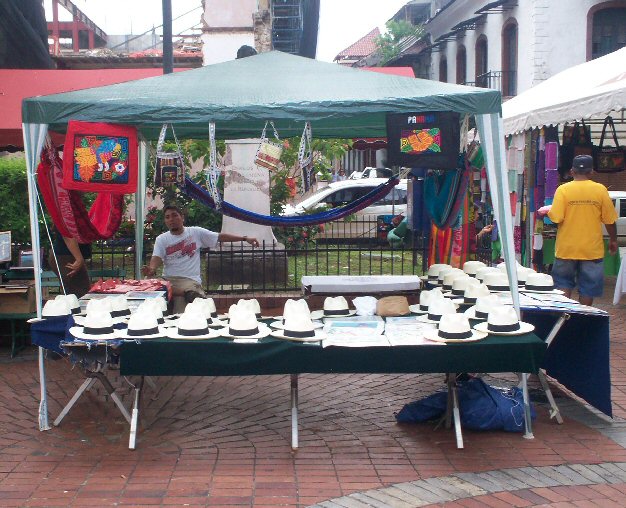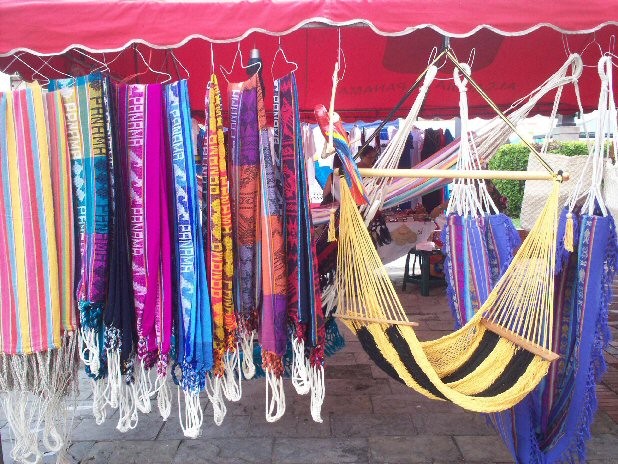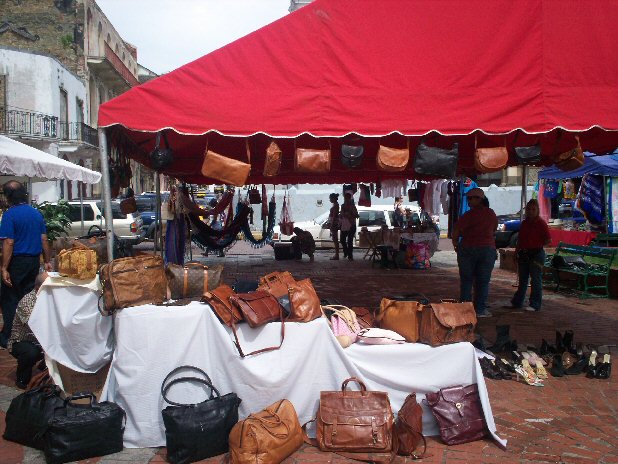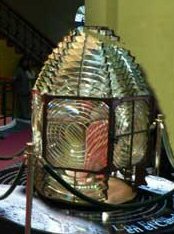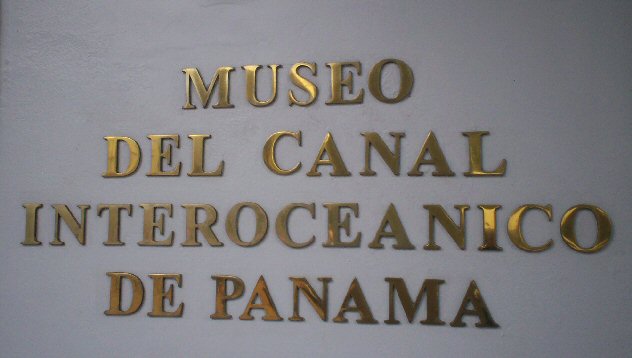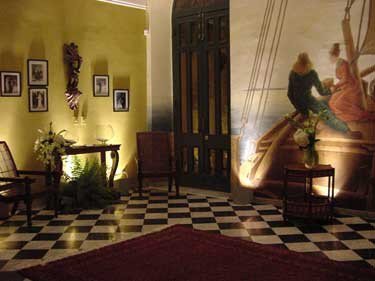A Visit to the Museo del Canal de Panama is a Walk Through History
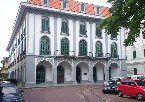
Did you know that a meal in a nice restaurant in Panama City or on the railroad the early 1900’s was 30 cents? Did you know that by ordering ala carte you could get fried potatoes for 2 cents, a pound of fried beef for 10 cents, and a cup of coffee for 4 cents? If you did not know these important facts consider visiting the Panama Canal Museum (Museo del Canal de Panama). The museum is housed in the 19th century Grand Hotel in Casco Viejo on Plaza de la Independencia kitty-corner from the cathedral.
Although the bulk of the description is in Spanish the “story” is easy to follow as exhibits take you through pre Colombian inhabitants of Panama and their artifacts up to the present day and Panamanian operation of the Panama Canal.
The Panama Canal Museum is well organized and contains lots of collections. There is a collection of Panamanian coins going back to 1904 as well as a collection of US postage stamps dedicated to the Panama Canal or its notables. A room sponsored by Cable and Wireless of Panama has original telegraph switches as well as wall mounted phones with the receiver in a cradle on one side and the crank on the other. Sitting on a antique table near the wall mounted phones is an original Victrola phonograph.
Fire arms on display include an old, rusted Spanish musket and lots of mid 19th century pistols and rifles which are likely in working order. The exhibit makes the point that the men heading for the California gold fields came through Panama heavily armed. Because of the lawless nature of some of the 49’ers and their heavy armament many gold seekers never made it past Panama.
A room dedicated to Dr. Ricardo Morgan Alvarez was the most impressive for me. Its walls are covered with murals of photos taken of the construction of the Panama Canal locks. The size of the photos gives the impression that you are standing at the bottom of the construction as the lock is being built.
The exhibit has lots and lots of data besides the price of meals at the turn of the century. For example, mules carrying silver from Panama City to Portobelo never carried more than 215 pounds. Thus a typical shipment of 8,000 tons of silver required 850 mules. This trip typically took four days. Although one could take the Chagres River for part of the route it was never used for gold and silver shipments.
There a several continuous motion pictures running throughout the exhibit showing Panama at the turn of the century, the canal construction, US military installations built to protect the canal, and more. Like any good museum the Museo del Canal de Panama has much more to see than you will have the time or inclination for. However, there are so many interesting photos and artifacts that an hour or so is entirely worthwhile. You may even find yourself wanting to stay a little longer. I found Sunday morning to be a nice time, not too busy, and free before noon. The craft market in the plaza was a nice bonus both coming and going.
The Entire Menu
Fixed Price Meal 30 cents
Fried beef, one pound 10 cents
One pound of fried chicken 5 cents
Helping of Potatoes 2 cents
Garbanzo beans 5 cents
Rice 3 cents
Kidney beans 4 cents
Coffee 4 cents
Can of milk (St. Charles) 9 cents
Can of milk Nestle 10 cents
Other prices of the turn of the century
Bar of soap 4 cents
Shirt 30 cents
Pair of pants $1
Pair of shoes $1.50

